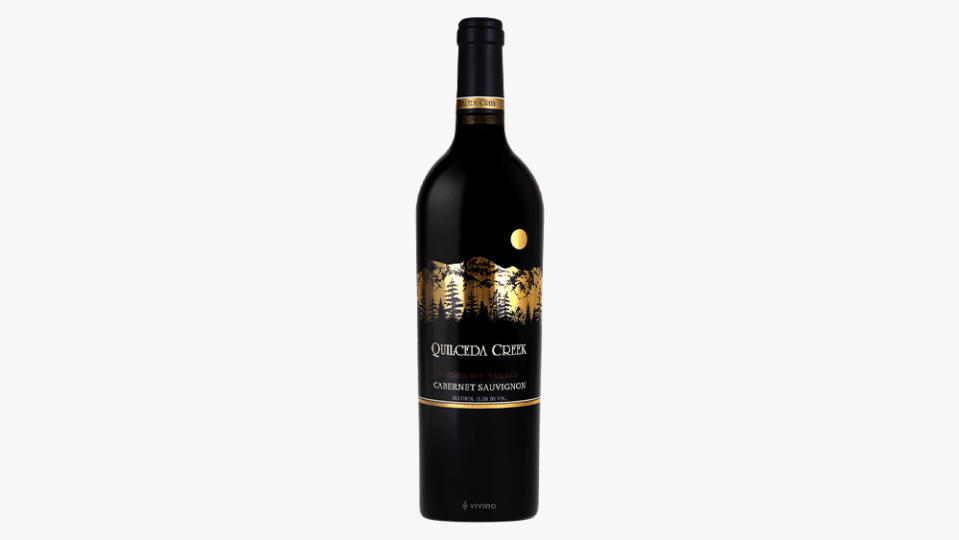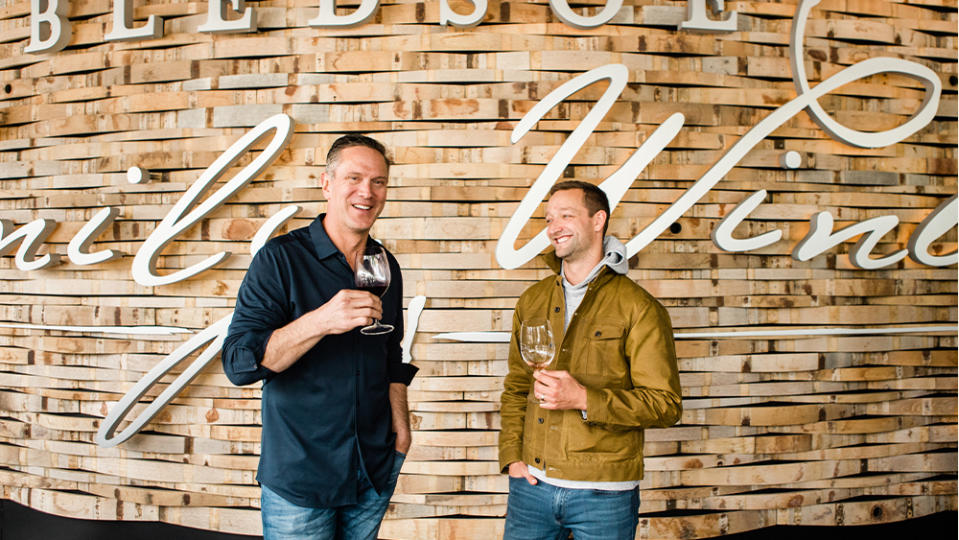Is Washington Wine in Crisis?

This story is from an installment of The Oeno Files, our weekly insider newsletter to the world of fine wine. Sign up here.
Last summer, in a meeting in Eastern Washington, Ste. Michelle Wine Estates (SMWE), delivered some devastating news to the grape growers in attendance. The state’s largest winery told the vineyards it would purchase 40 percent less fruit from them over the next five years. That massive reduction came on the heels of SMWE announcing layoffs earlier in the year; just last month it revealed yet another round of job cuts. SMWE has long been a driver behind Washington wine, so its cascade of bad news cast a pall over the state’s entire industry in 2023. Words like “crisis” have been thrown around, while others argued Washington wine needed to be saved.
More from Robb Report
7 Food and Drink Pairings That Will Make You Look Like a Culinary Master
Robb Report's Wine Club Will Give You Exclusive Access to Exceptional Napa Valley Reds
Sean P. Sullivan, the publisher of Northwest Wine Report, summarized the situation well in an article written in early December, just after the second round of layoffs was announced. As Sullivan so succinctly states, “Washington is very much a tale of two industries.” SMWE produces seven million cases of wine per year—almost half of the state’s entire output—while “90 percent of Washington wineries make fewer than 5,000 cases per year.” So although there’s been a lot of doom and gloom in the air, in our eyes, much of the hand wringing is akin to a large fast-food chain announcing it will be closing eateries immediately followed by news outlets forecasting the end of fine dining.
While it seems that a major producer cutting its orders on fruit by 40 percent is a bad thing, not everyone sees it that way. Sullivan thinks it could be “very beneficial for Washington.” He tells us, “It gives growers a once-in-a-generation opportunity to evaluate what they have planted, where they have it planted, what is working, what is not, and what they might do differently. That will lead to taking out varieties or vines in some areas as well as planting or replanting in others.” And as Scott Lloyd, general manager of Quilceda Creek Winery—which grows its own grapes in estate vineyards and does not buy any fruit from outside growers—says, “For other wineries, there will be a renewed opportunity to have access to vineyards they have not had before to make fantastic wine at a great value.”

If you are not already familiar with Washington State wine, you are missing out. One of the challenges the industry faces is a lack of identity, because more than 80 different grape varieties are grown there, so it’s hard to pin a label on it. As much as wine lovers enjoy extolling the freedom of working with whatever grapes fit the terrain in “New World” winemaking, consumers and the trade still like easy markers. Napa equals Cabernet Sauvignon. Burgundy equals Pinot Noir and Chardonnay. Washington State equals Cabernet Sauvignon, Chardonnay, Merlot, Riesling, Syrah, Sauvignon Blanc, and any grape you can think of. The second largest wine-producing state in the country, Washington has been making fermented grape juice since the 1860s. If you think the producers are keeping it all to themselves, think again: In 2022 and the first half of 2023, 72 percent of the state’s wine was shipped out of state. Many of the best wineries have strong direct-to-consumer programs, so you can order bottles straight from the source.
Quilceda Creek is one such winery. The demand is so strong for its Cabernet Sauvignon that there is currently a waiting list. The winery owns and farms all its vineyards in the Columbia Valley and Red Mountain AVAs. “Given this independence and relative isolation, we are not really affected by these changes at Ste. Michelle,” Lloyd points out. This makes a lot of sense considering the price differential. If you can get hold of a bottle of Quilceda Creek Cabernet Sauvignon, it will run you $200, while a bottle of Chateau Ste. Michelle Columbia Valley Cab Sauv sells for $17. “Coupled by a very loyal membership list who are eager to attain high quality wine and the consistent 100-point scores we’ve received from critics for our Cabernets, the future looks bright at Quilceda Creek,” Lloyd continues.
We also spoke with Jesús Martínez Bujanda Mora, CEO of Valdemar Family, who is the fifth generation of his family to make wine and the first to do so in Washington State, at their Valdemar Estates winery in Walla Walla. He believes at the low end of the spectrum there will be “brutal competition” because of a glut of grapes in the market, while at the higher end he thinks there will be increased demand. “Washington is producing consistently world-class wines, and most of the world still doesn’t know about it,” he says. “Therefore, I think the potential for growth and our quality proposition clearly will offset any negative impact that could come from this situation.”

In addition to Cabernet Sauvignon and Chardonnay, Valdemar Family also produces Syrah, which could wind up being one of the varieties that gets Washington discovered by a wider range of wine lovers. “Syrah and Syrah-based blends from Washington are so special,” Sullivan tells us. “Quality can be outrageously high, and there’s great diversity. Styles range from light and earthy to full-bodied and rich. The wines can also be extremely well-priced for their level of quality. It’s a dream for consumers.”
Everyone we spoke with offered a positive outlook for Washington wine. “Although we’re clearly in a period of transition, we remain optimistic about the future,” Kristina Kelley, executive director of the Washington State Wine Commission, says.
That transition echoes the one facing the industry as a whole, with sales falling the last few years as younger drinkers look to different beverages or abstain from alcohol entirely. That’s taking a toll on the likes of SMWE that specialize in wines on the lower end of the price spectrum. But there’s still a market for premium offerings, which Washington has plenty of. So we will carry on covering some of the shining stars to guide our readers toward the best wines the state has to offer. Look for bottles from L’Ecole No 41, Sparkman Cellars, DeLille Cellars, Figgins, Leonetti, Doubleback, and even the high-end bottlings from the winery that started this conversation, Chateau Ste. Michelle.
Want more exclusive wine stories delivered to your inbox every Wednesday? Subscribe to our wine newsletter The Oeno Files today!
Best of Robb Report
Why a Heritage Turkey Is the Best Thanksgiving Bird—and How to Get One
The 10 Best Wines to Pair With Steak, From Cabernet to Malbec
Sign up for Robb Report's Newsletter. For the latest news, follow us on Facebook, Twitter, and Instagram.

